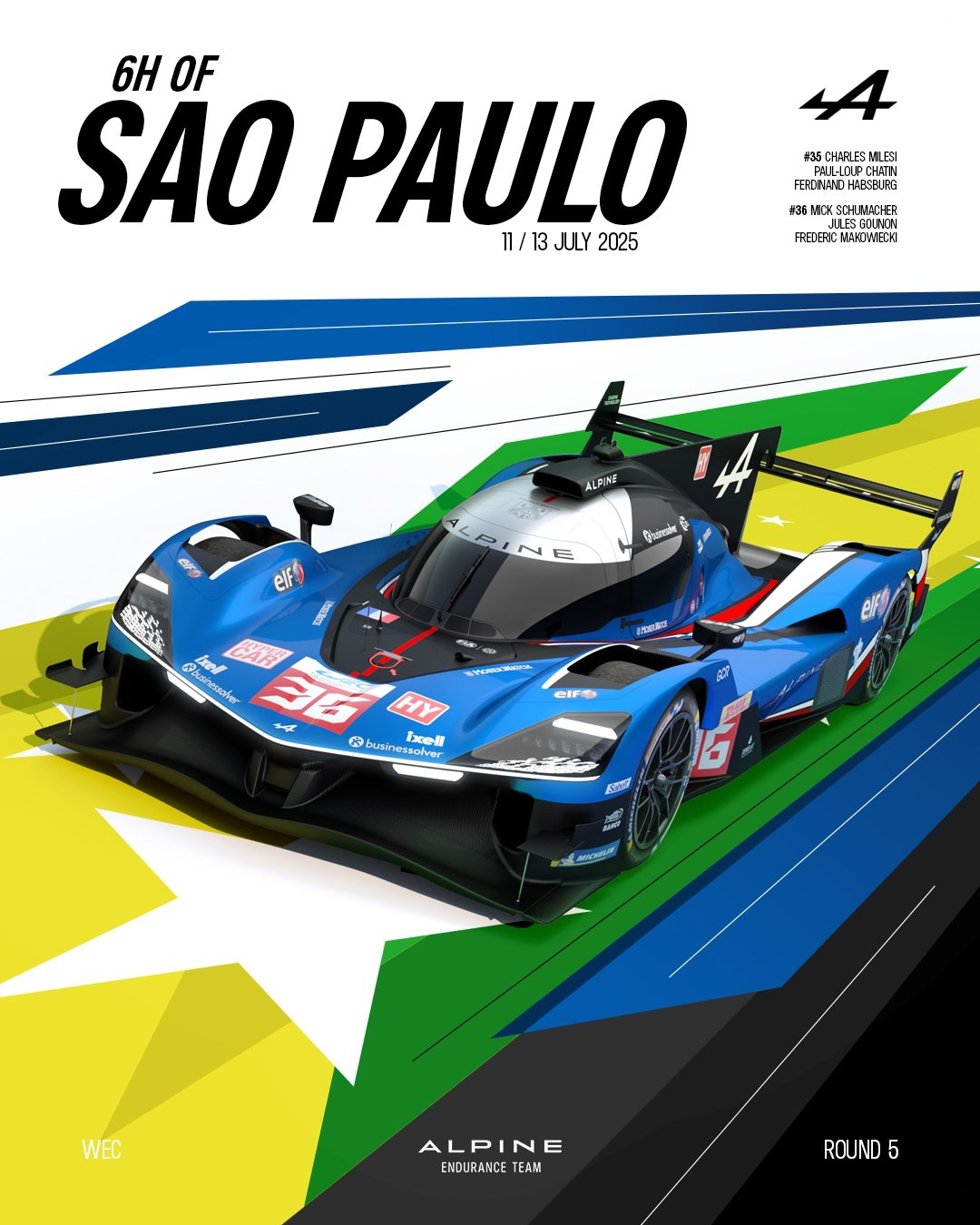The 2023, 24 Hours of Le Mans recorded 113 million global audience marking a 150% increase compared to the previous year. 196 countries broadcast the event with significant growth in the US, Germany, Japan and Denmark. The hypercar category has attracted major manufacturers increasing fan engagement.
Fernando Alonso and Jenson Button have played a key role in bringing attention to the World Endurance Championship (WEC) with Alonso’s participation in Le Mans plus Toyota’s endurance program boosting interest. Button’s involvement in GT and endurance racing has further expanded WEC’s appeal particularly among Formula One (F1) fans. The presence of former F1 stars like Robert Kubica and Mick Schumacher has helped WEC gain mainstream recognition.
The 2024 WEC calendar introduced Qatar and Brazil, increasing the championship’s global footprint. Qatar’s Lusail International Circuit hosted the season opener marking WEC’s first race in the Middle East. Sao Paulo’s Interlagos Circuit returned to the calendar bringing endurance racing back to South America.
Multi-class racing is a defining feature of endurance racing where different categories of cars such as hypercars, LMP2 and LMGT3 compete on the same track simultaneously. This format creates constant overtaking, strategic battles and unpredictable race dynamics making endurance racing one of the most exciting motorsport disciplines.
Traffic management: Drivers must navigate slower cars while maintaining their own pace adding an extra layer of skill
Strategy complexity: Teams must balance fuel management, tyre wear and pit stop timing while adapting to changing track conditions
Unpredictability: With races lasting six to 24 hours, factors like weather, mechanical failures and driver fatigue can dramatically alter the outcome
Hyper class growth with major brands like Ferrari, Porsche, Toyota, Peugeot, Cadillac and Alpine continue to invest in endurance racing. Mercedes-AMG joins WEC in LMGT3 while Aston Martin expands into hypercar competition. Teams are fielding multiple cars ensuring a deeper and more competitive field.
Fans can watch races via the FIA WEC app, YouTube and Eurosport with live timing plus onboard cameras available. The full access docuseries provides exclusive insights into team strategies and driver experiences. WEC races are now broadcast in over 190 countries with improved coverage in North America, Europe and Asia.
At least 14 manufacturers are expected to compete until 2029, including Ferrari, Porsche, Toyota, Peugeot, Cadillac, Alpine, Aston Martin and BMW. From 2025, each manufacturer must enter at least two cars ensuring stronger competition and preventing single car dominance. The Balanced of Performance (BoP) system ensures fair competition preventing runaway dominance by any single team.
High profile drivers like Alonso and Button have drawn F1 fans to endurance racing. WEC’s digital engagement is increasing but still lacks F1’s mainstream appeal. The 24 Hours of Le Mans remains one of the most historical and prestigious races, rivalling F1’s Monaco Grand Prix.
The MissionH24 project is developing hydrogen-electric prototypes with plans for a hydrogen class at Le Mans by 2028. WEC is transitioning to 100% sustainable fuels reducing carbon emissions while maintaining high-performance racing. Advanced hybrid technology improves efficiency and performance shaping the future of endurance racing.







No comments:
Post a Comment